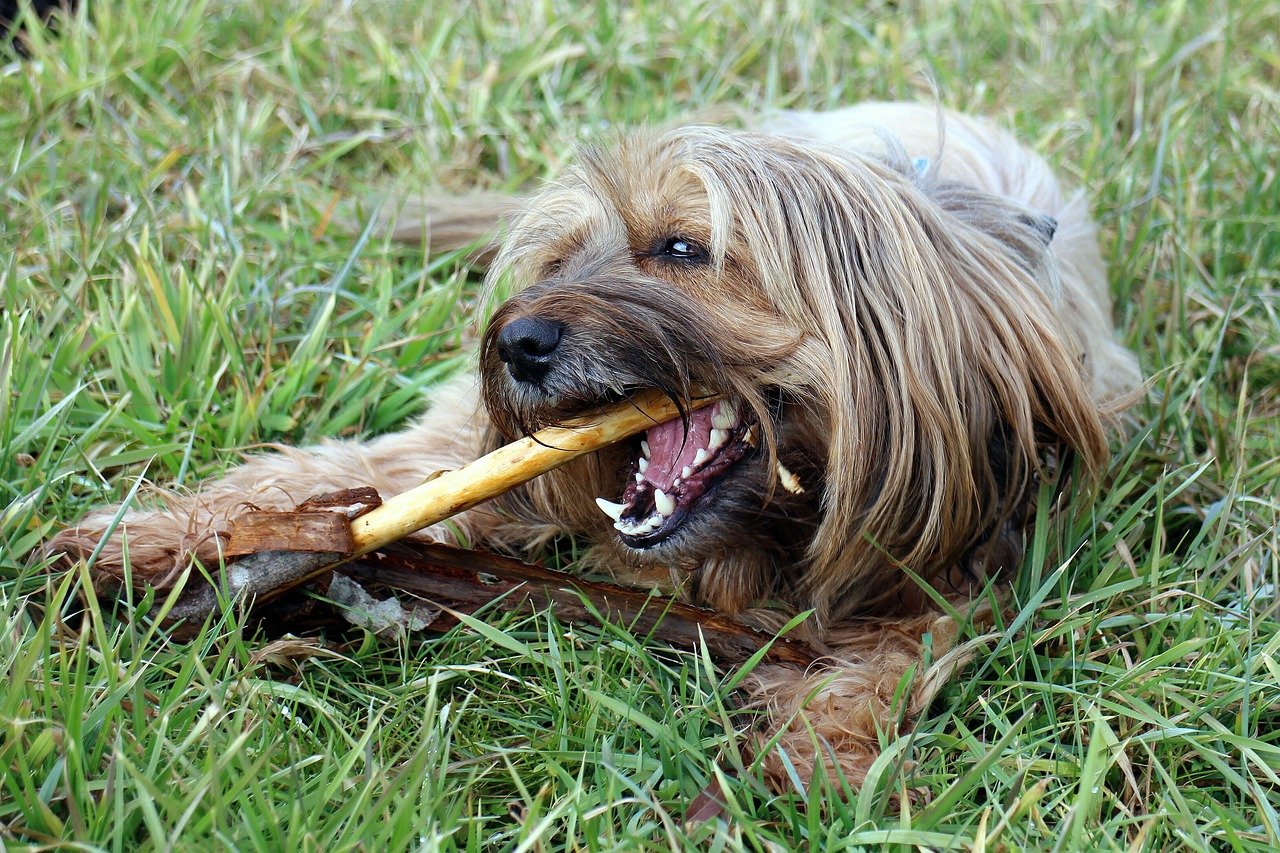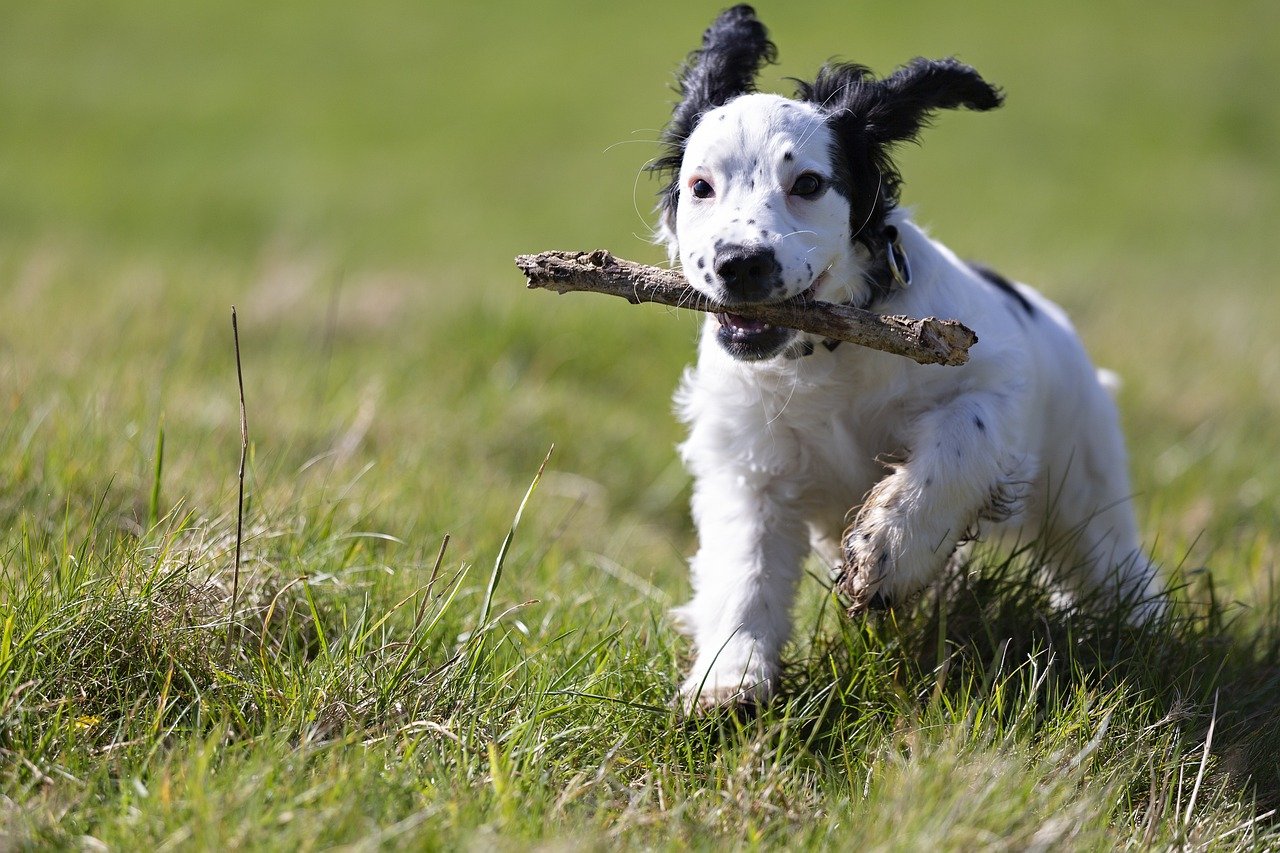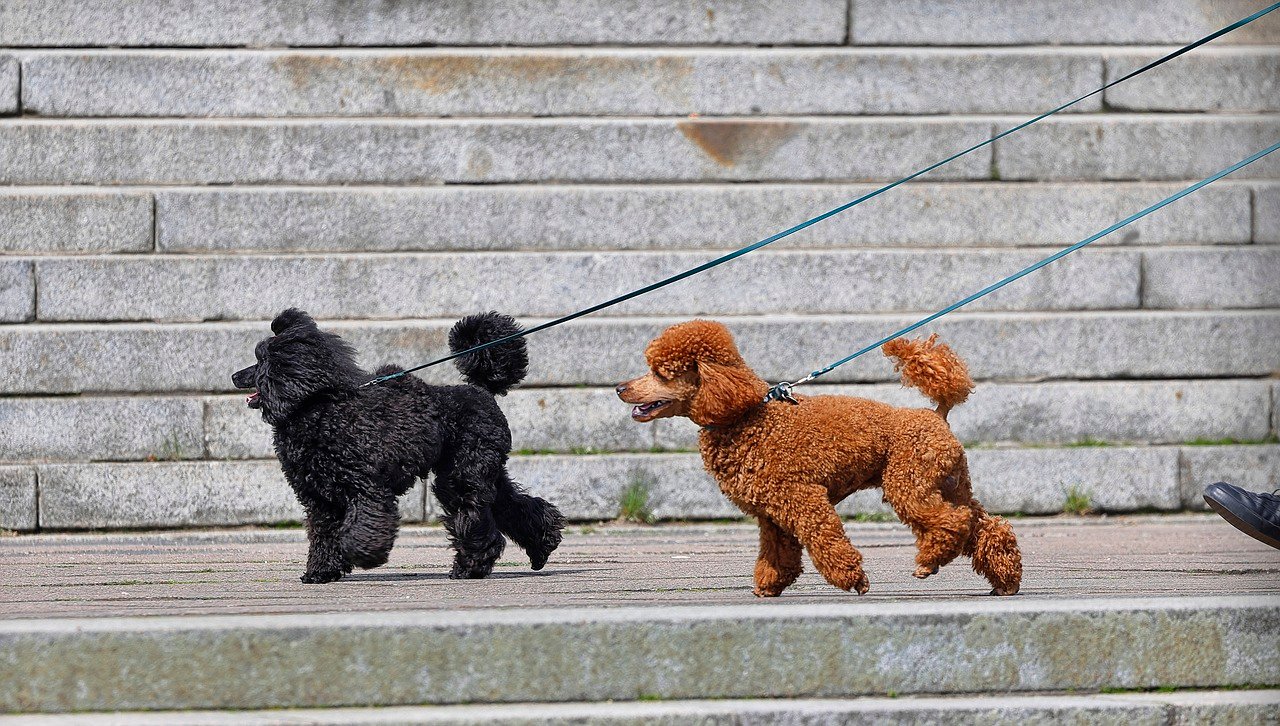Dogs, our loyal companions, often exhibit behaviors that can be both amusing and frustrating. Chewing shoes and furniture falls into the latter category, leaving many dog owners at their wit’s end. While chewing is a natural instinct for dogs, it can quickly become a destructive habit if not properly managed. From teething puppies to anxious adults, every dog has its own reason for gnawing on your belongings. Understanding why dogs chew and how to redirect this behavior is key to a harmonious household. By identifying the root cause and providing the right alternatives, you can save your shoes—and your sanity! Let’s explore some effective strategies to curb this habit.
Understanding the Chewing Instinct

Dogs are natural chewers. From a young age, puppies explore their environment with their mouths, much like human infants do with their hands. Chewing helps alleviate teething pain in pups and keeps adult dogs’ jaws strong and teeth clean. It’s not just a habit; it’s an instinct. Recognizing this can help you approach the problem with empathy and patience. Just as you wouldn’t blame a toddler for grabbing things, understanding your dog’s natural instincts is foundational to finding a solution.
Identifying the Triggers
Identifying why your dog is chewing on your shoes and furniture is crucial. Is it boredom, anxiety, or simply a lack of suitable chew toys? Dogs left alone for long periods may chew out of boredom or separation anxiety. Think of it as a child left in a room with nothing to do; eventually, they’ll find something to occupy themselves, even if it’s not ideal. By pinpointing the triggers, you can tailor your approach to address the root cause, not just the symptom.
Providing Appropriate Chew Toys

Providing suitable alternatives is one of the most effective ways to curb unwanted chewing. Invest in a variety of chew toys that cater to your dog’s size and chewing strength. Toys that dispense treats can be particularly enticing, offering both mental stimulation and a reward. Imagine if every time you wanted a snack, you had to solve a fun puzzle first; that’s the kind of engaging distraction these toys provide. Regularly rotate toys to keep your dog interested and prevent boredom.
Creating a Dog-Friendly Environment
Setting up a dog-friendly space in your home can make a world of difference. Ensure that your dog’s area is filled with their favorite toys and is devoid of temptations like shoes and remote controls. It’s akin to childproofing a home; you wouldn’t leave fragile items within a toddler’s reach. By managing your environment, you reduce the chances of destructive behavior and create a safe space for your pet to roam.
Training and Positive Reinforcement
Training is vital when teaching a dog what is and isn’t acceptable to chew. Use positive reinforcement techniques to encourage good behavior. When your dog chews on the right things, reward them with praise or treats. Think of it as a gentle nudge in the right direction, reinforcing the behavior you want to see. Consistency is key; the more you reward good behavior, the more likely your dog is to repeat it.
Using Deterrents Effectively
Sometimes, dogs need a little extra encouragement to stay away from forbidden items. Pet-safe deterrent sprays can make shoes and furniture less appealing to chew on. These sprays often have a bitter taste that dogs dislike. Picture it like a sour candy that you can’t quite stomach; it’s enough to make you think twice before trying it again. However, ensure that the deterrents are safe for both pets and furniture before application.
Ensuring Adequate Exercise

A tired dog is a good dog. Ensuring your pet gets enough physical and mental exercise can significantly reduce destructive behaviors. Regular walks, playtime, and training sessions can burn off excess energy and reduce boredom. It’s similar to how a long day of activities makes humans less inclined to fidget or procrastinate. Keeping your dog engaged can prevent them from turning to your furniture for entertainment.
Addressing Separation Anxiety

If your dog’s chewing is driven by anxiety, especially when left alone, it’s crucial to address the root of the problem. Gradual desensitization, where you slowly get your dog used to being alone, can help. Imagine it like slowly acclimating to cold water; diving in all at once can be overwhelming. Professional help from a dog trainer or behaviorist might be necessary for severe cases. Understanding and addressing anxiety can lead to a more confident and less destructive pet.
Implementing a Consistent Routine

Dogs thrive on routine. Establishing a consistent daily schedule can provide the structure and predictability that dogs crave. Regular feeding, walking, and playtimes can make your dog feel secure, reducing the likelihood of anxiety-driven chewing. Think of it as setting a routine for yourself; knowing what’s next can be comforting and reduce stress. Consistency in your dog’s daily life can lead to a happier, more relaxed pet.
Seeking Professional Help When Needed
Sometimes, despite our best efforts, professional intervention might be necessary. If your dog’s chewing persists and is causing significant damage or distress, seeking help from a professional trainer or behaviorist can be invaluable. They can offer tailored advice and strategies specific to your dog’s needs. Remember, it’s always okay to ask for help, especially when it comes to the well-being of your beloved pet.
Breaking your dog’s chewing habit takes patience, consistency, and the right approach. By providing engaging alternatives and understanding their needs, you can protect your belongings while keeping your pup happy. With time and training, those chewed-up shoes will be a thing of the past!

Esther is from India; the heartbeat of South Asia, holding a Master’s degree in Zoology and a postgraduate diploma in Animal Welfare. Her enthusiasm for animal welfare drives her passion and dedication to working for animals, ensuring their well-being, and advocating for their rights. With a solid academic background and hands-on experience, she is committed to making a positive impact in the field of animal welfare. In her free time, she enjoys embroidery and sewing. As a Chennaite from Tamil Nadu, Esther loves Bharathanatyam, an Indian classical dance form.





